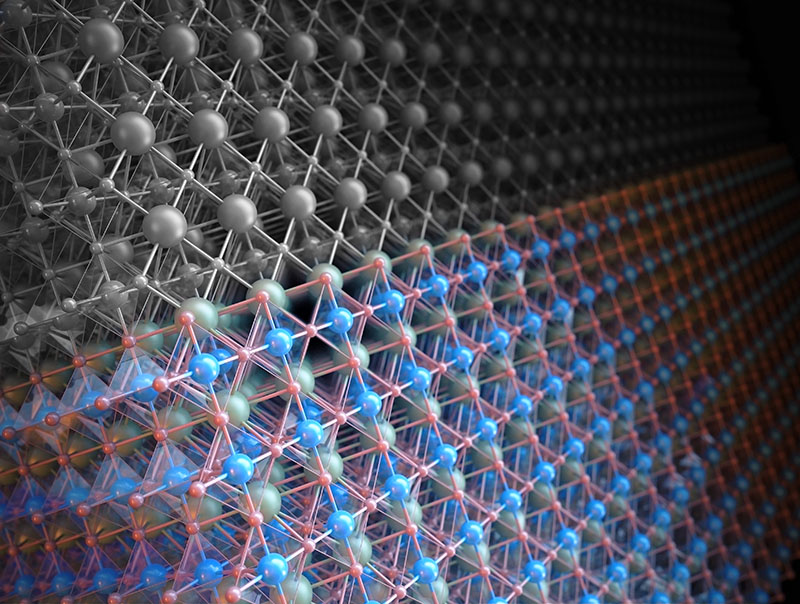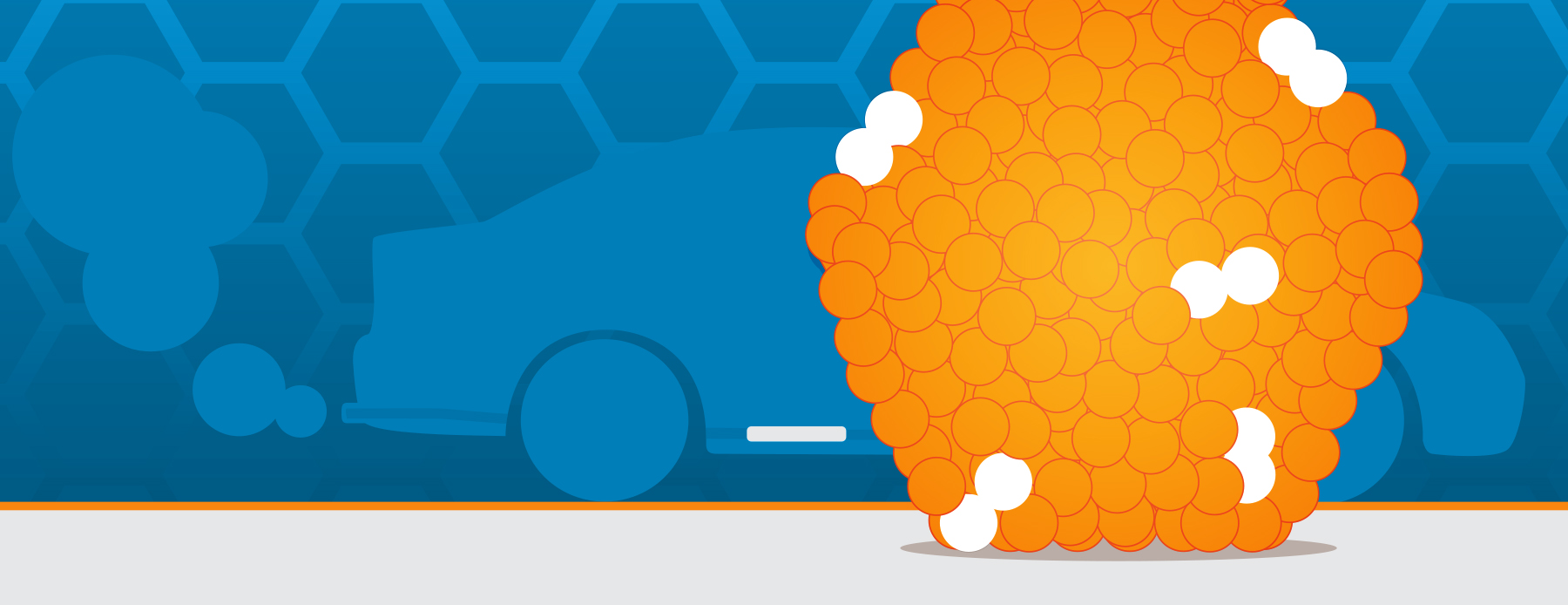When an LNO catalyst with a nickel-rich surface carries out a water-splitting reaction, its surface atoms rearrange from a cubic to a hexagonal pattern and its efficiency doubles. Deliberately engineering the surface to take advantage of this phenomenon offers a way to design better catalysts.

